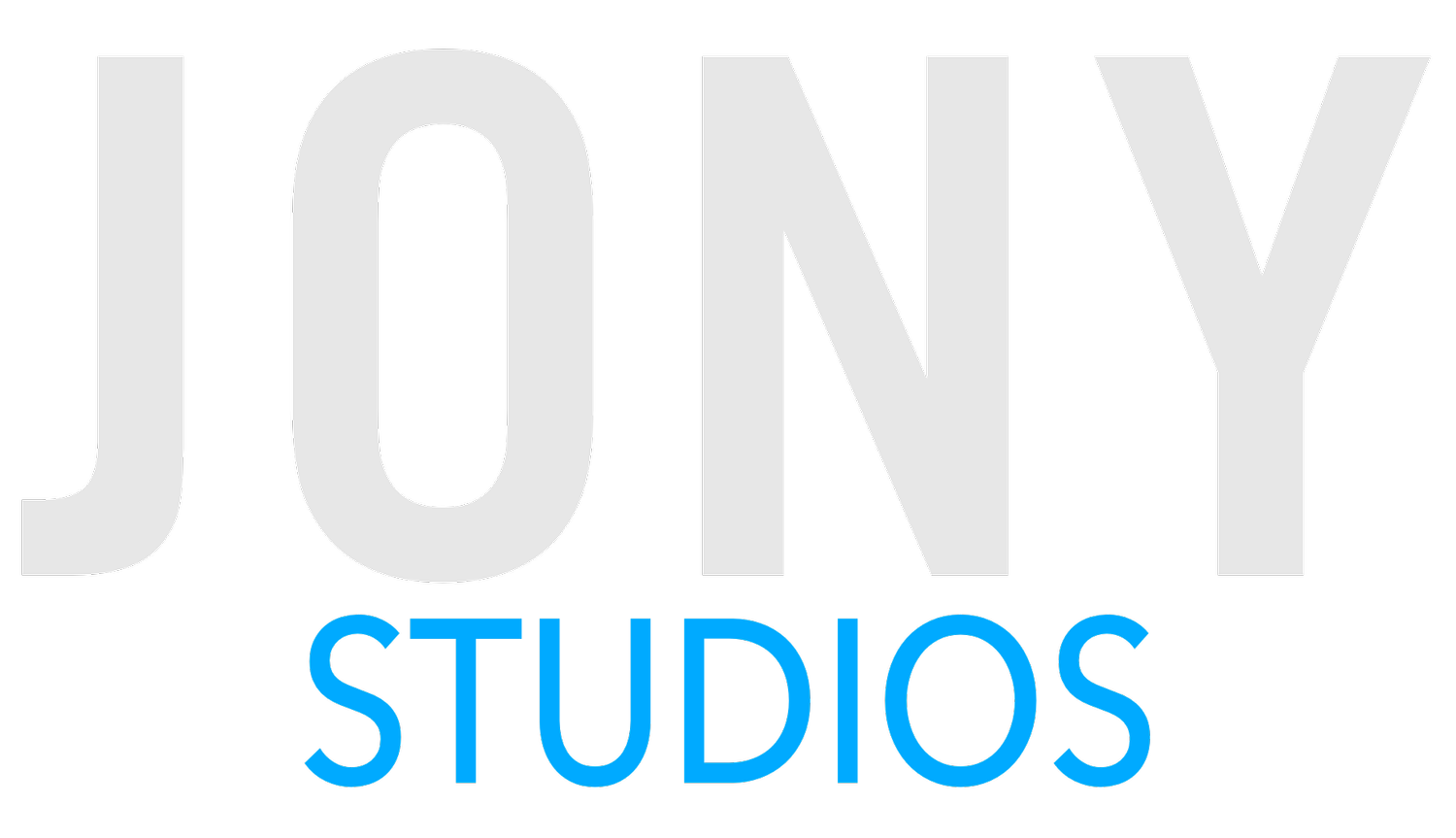You often see them in sound booths, movie stages, and high end studios and they look like strange structures coming out of the wall...but what are these things?
Usually made of spongy or wooden material, they act as more than just a neat wall decor!
Acoustic treatment is a common practice in sound engineering which prevents unwanted frequencies from bouncing around your studio like a kid on a sugar rush. Sometimes in a standard room, the audio frequencies need a place to go so they travel and bounce off reflective surfaces, like your walls or floor. This can lead to muddy mixes, poor audio quality, and a poor understanding of what you’re actually hearing.
How does it work?
Acoustic treatment has multiple different forms to tackle its different opponents. Basic absorption is generally used to remove higher frequencies. These tend to look like pyramid or triangle formations sticking out of the wall and they do a great job at absorbing unwanted sound energy from the high end.
But what do you do about that nasty low end?
It’s often annoying when your neighbours are having a party, and all you can hear is the roaring bass pumping through the walls.
In a process called “bass trapping”, engineers will equip bare corners of a room with bass traps to create what’s called a “standing wave”. These are corner foam pieces that are designed to trap lower frequencies and keep the sound tidy.
And for everything in between, there are diffusers. These are oddly shaped treatment devices that rely on sound dispersion as opposed to absorption. To put it simply, these guys spread out the sound energy in various directions to avoid direct sound travel. It’s why standing in a gym tends to sound more loud and noisy compared to standing in a movie theatre.
For more information on how acoustic treatment works, here is an article from IntechOpen on acoustic materials.
But how can you apply acoustic treatment for your home studio?
Can You Build an Acoustic Diffuser…
There are many ways to equip your studio with an acoustic diffuser, but they don’t come cheap.
Amazon is currently selling home studio diffusers for $35 per square foot. But there must be an easier way to do this!
SoundAssured has an article covering the building process of an acoustic diffuser for under $20! You can find the article here.
For the most part, home studios mostly need absorption of mid-range frequencies. These are the frequencies that tend to mud up our mixes and sound. The easiest approach to constructing a midrange acoustic diffuser is to build what’s called a “skyline diffuser”.
This is best described as a single piece of wood with various lengths of foam rectangles protruding out.
Conclusion
Acoustic diffusers are a common tool in the industry when it comes to basic studio sound design. Though when the truth is told, it is best to seek professional assistance when working in or building your home studio projects. If you have any questions or concerns around sound engineering and other services provided by Jony Studios, feel free to ask us in the comments!
If you need further help creating your own music, we offer audio production services that will help you elevate your sound and bring your song to life!
We look forward to being a part of your success.
Contact us here to get started.









